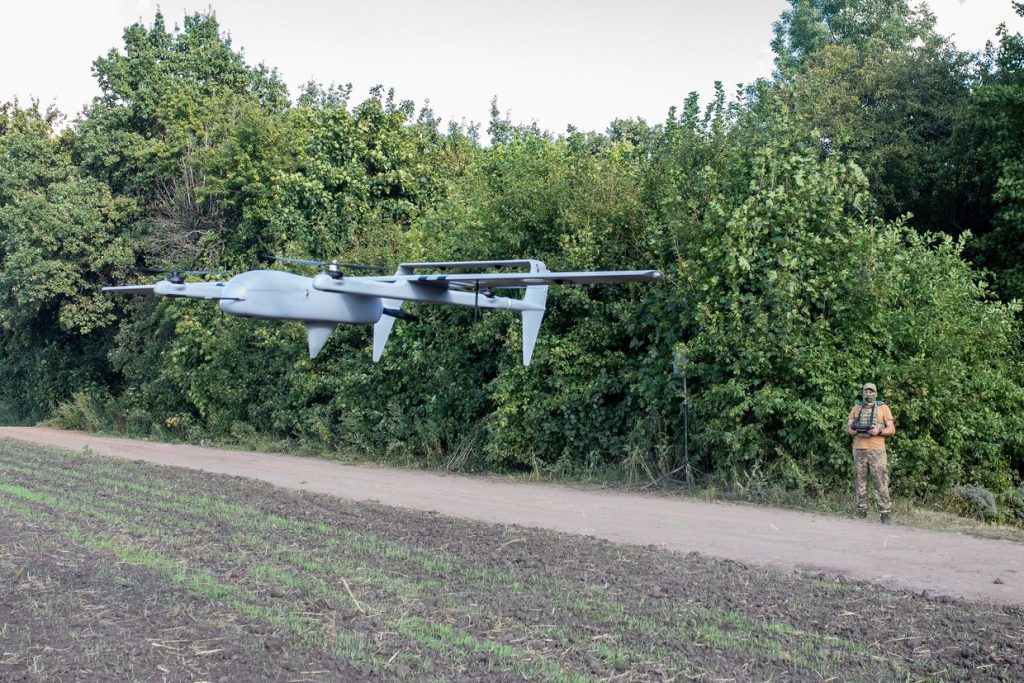A drone strike in the Tikhoretsk district of Russia’s Krasnodar Krai caused detonations of “explosive objects” at an unspecified facility, regional Governor Veniamin Kondratyev reported on Sept. 21. The Tikhoretsk district houses a major ammunition depot that has expanded over the last year to accommodate munitions shipments from North Korea. Russian air defense units intercepted two drones over the Tikhoretsk district on Sept. 21, with one of them causing a fire that spread to explosive objects, leading to detonations. Local residents in the area were evacuated, with no casualties reported. The Russian Telegram news channel Astra reported that the Tikhoretsk ammunition depot was hit in the attack, which occurred just days after Ukraine successfully launched an attack on one of Russia’s largest arsenals in Toropets, Tver Oblast.
The Ukrainian drone strike on the arms depot in Russia’s Tver Oblast destroyed two to three months’ worth of munitions, according to Estonian Colonel Ants Kiviselg, who heads the Estonian Defense Forces Intelligence Center. This strike targeted a weapons depot built to withstand a nuclear explosion, highlighting the significant impact of the attack. The destruction of such a large quantity of ammunition could have significant repercussions for Russia’s military capabilities in the region. This attack comes amid escalating tensions between Ukraine and Russia, with both countries engaged in various military actions and strategic maneuvers. The use of drones in these attacks showcases the evolving nature of warfare and the increasing reliance on technology to carry out strategic strikes.
The incident in the Tikhoretsk district is part of a larger pattern of drone strikes and military engagements in the region, with both Russia and Ukraine actively involved in targeted attacks on each other’s military facilities. The heightened tensions and frequent clashes indicate a volatile situation that could potentially escalate into a larger conflict. The proximity of the Tikhoretsk district to major ammunition depots and the use of drones to carry out precision strikes underscore the strategic importance of these locations and the evolving tactics being employed. The impact of these attacks on local residents and the potential for further escalation raise concerns about the stability and security of the region.
The involvement of North Korea in the munitions shipments to the Tikhoretsk district adds another layer of complexity to the situation, raising questions about the extent of international involvement in the conflict between Russia and Ukraine. The expansion of the ammunition depot to accommodate these shipments highlights the global implications of the ongoing military actions in the region. The use of drones in the attacks also raises concerns about the proliferation of unmanned aerial vehicles and their potential impact on modern warfare. The ability to carry out precision strikes from a distance poses new challenges for traditional defense systems and strategies, highlighting the need for advanced countermeasures and security protocols.
The lack of specific information about the exact location and extent of the damage in the Tikhoretsk district complicates the assessment of the impact of the drone strike. The evacuation of local residents and the reported detonations of explosive objects indicate a serious incident that could have far-reaching consequences. The use of drones in these attacks demonstrates the evolving tactics and technology being employed in modern warfare, posing challenges for traditional defense systems and strategies. The ongoing conflict between Russia and Ukraine and the involvement of other countries in the region create a volatile and unstable environment with the potential for further escalation and conflict.
In conclusion, the drone strike in the Tikhoretsk district and the Ukrainian attack on the arms depot in Tver Oblast highlight the escalating tensions and military engagements between Russia and Ukraine. The impact of these attacks on the region’s security and stability, as well as the involvement of other countries such as North Korea, raises concerns about the international implications of the conflict. The use of drones in precision strikes and the destruction of significant amounts of ammunition underscore the changing nature of warfare and the challenges posed by advanced technology. The evolving tactics and strategies being employed in the region indicate a complex and volatile situation with the potential for further escalation and conflict.


